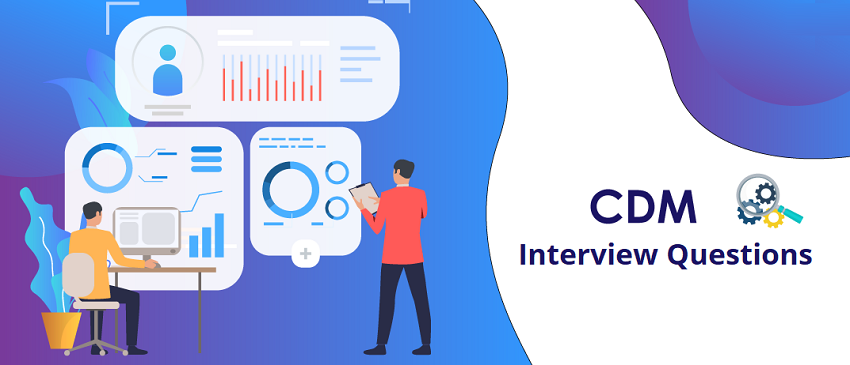This post covers most frequently asked top 10 CDM interview questions with their answers.
1. What Is Meant by Masking or Blinding?
Ans: Researchers can mask or blindly hide details from research subjects, even when they are receiving placebos, investigational products, or standard treatments. There are two types: single binding and double binding. Double binding means that neither the patient or the researcher know the treatment. Single binding refers to when the patient is not aware of the treatment. The researcher can eliminate biases by masking or binding the treatment process.
2. What is Placebo?
Ans: Placebo is a powder, pill or liquid with no active ingredients. Placebo is used by researchers to identify the treatment effect of a study. They play an important role in clinical trials. They provide researchers with a reference point to help them determine if new treatments are safe and effective.
3. What is a Patient File? What Information Does It Contain?
Ans: The patient’s file includes the medical and treatment history as well as demographic data. You can also find paper records, or a combination of both. For continuity care, the patient file is important.
4. Define the Different Phases of Clinical Trials
Ans: There are 4 major phases as follows;
- Phase I: Human pharmacology trials
- Phase II: Therapeutic exploratory trials
- Phase III: Therapeutic confirmatory trials
- Phase IV: Post-marketing surveillance trials
5. What are Orphan Trials?
Ans: The clinical manager conducts orphan trials on drugs that are designed to treat conditions that only affect 200,000 people. The test is performed on a limited number of very sick patients to determine if the drugs work.
6. What is Bioequivalence?
Ans: The clinical manager determines the expected in-vivo biological equivalent of two drug preparations. This is bioequivalence. If two drugs are used for the same purpose and intent, they are bioequivalent. In the development of pharmaceuticals, bioequivalence is a crucial factor.
7. What Causes the Different Phases of Trials to Fail?
Ans: The preclinical model doesn’t match human behavior or there are insufficient preclinical data. It may also fail if the drug formulation is changed from pre-clinical to clinical testing.
8. What Does the Declaration of Helsinki State?
Ans:
The Helsinki declaration outlines the rules for research, care and research that is not therapeutic. These are the rules:
- Benefits should always outweigh risk
- Only doctors and scientists are qualified to conduct research
- Research on humans should be based on animal and laboratory results.
- Before initiation of research, a committee independent should review the protocols.
9. What are the Objectives of Ich?
Ans: Ich’s primary purpose is to make recommendations about ways to achieve greater harmonization in product registration and technical guidelines application. It is designed to reduce the number of duplicate tests that are required for the development and research of new medicines.
10. What are the Participants of Pharmacovigilance?
Ans: Participants include doctors and nurses. Patients are the main consumers of the medicine. The safety standards for medicines are monitored by doctors, nurses, and other health care professionals.
To know more CDM course and online training at Covalent Trainings go here
